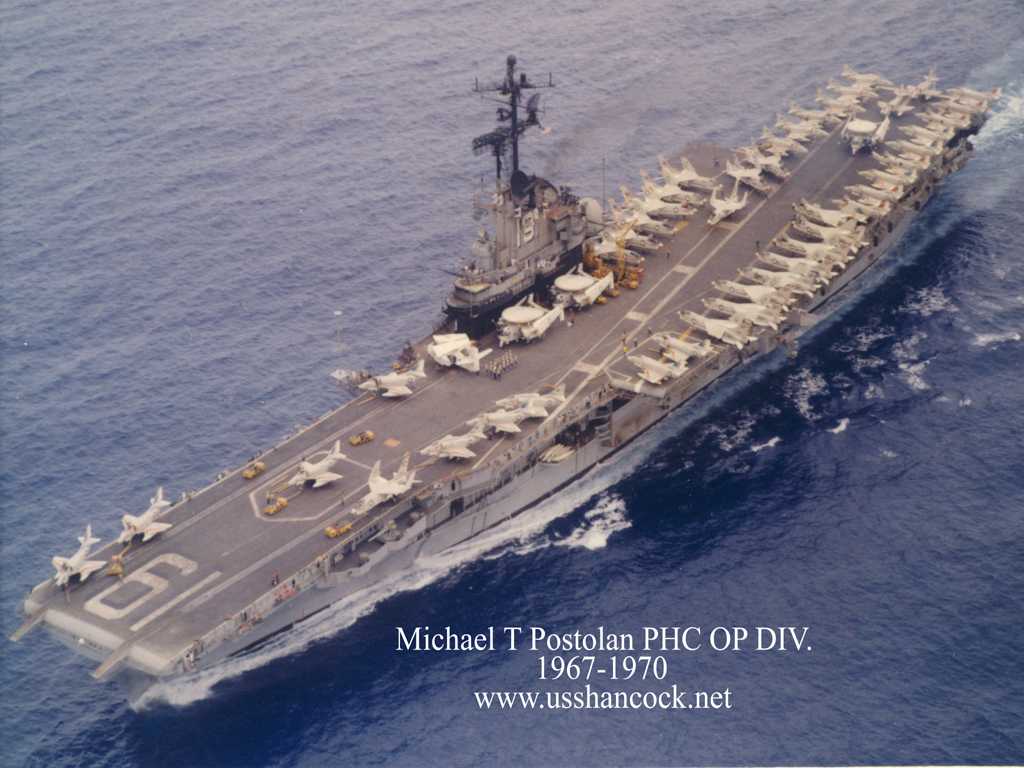I believe the Chinese are building a full blown STOBAR carrier with the refurbishment of the old Varyag. Will t be their finbal design? Most probably not. They will build other designs that are motre modern later, probably full blown CATOBAR carriers at some point.
Whatever the build, they will need an airwing to actually make use of their vessel design. All fixed wing carriers want to have all of the following functions filled with their aircraft:
Air Defense/Air Superiority
Attack
Airborne Early Warning (AEW)
Anti-submarine warfare (ASW)
Search and Rescue (SAR)
Electronic Warfare (EW)
Refueling
Carrier on board Delivery (COD)
In a lot of cases, some aircraft will fill two roles. In most STOBAT or VTOL designs, helos fill several of the roles.
The CHinese STOBAR carrier will probably fill the Air Defense/Attack/Refueling role with one or two aircraft. TYhe other roles will probably be filled by helicopters.
Wehn the Chinese go to CATYOBAR operations, they will expand the use of fixed wing aircrafty to fill mnore and more roles. At that point they may consider a fixed wing ASW aircraft.
Now, in that regard, the Russian P-42 design was a carbon copy of the S-3.. a Vikinski.
From the size and disposition, probably would have had similar capabilities and it is very understandable that they would want something like that. The Viking was an excellent carrier-borne ASW platform. Lots of capability, ordinance, range, and endurance.
IMHO, it is a shame that the US Navy has discontinued the S-3 use without anything replacing them. Not only a shame, but, again, IMHO, derelict.
Now, here's a potential design taken from my Dragon's Fury Series, and first put forward a good 5 years ago in the intial release of the initial voume in the series...now an all-in-one book.
It's basically a modular container design with very serious modifications, but meant to be produced quickly and in numbers.
-50-60,000 tons
-40 aircraft (30 air defense/attack)
-10 VLS ASM missiles
-36-48 VLS AAM missiles
-4 CIWS
-2 screws
-Conventional power
Plenty of hangar space.

The crossing design is unconventional, but also very possible for optimizing air operations, both for catapault launches and arrested landings.
Whatever the build, they will need an airwing to actually make use of their vessel design. All fixed wing carriers want to have all of the following functions filled with their aircraft:
Air Defense/Air Superiority
Attack
Airborne Early Warning (AEW)
Anti-submarine warfare (ASW)
Search and Rescue (SAR)
Electronic Warfare (EW)
Refueling
Carrier on board Delivery (COD)
In a lot of cases, some aircraft will fill two roles. In most STOBAT or VTOL designs, helos fill several of the roles.
The CHinese STOBAR carrier will probably fill the Air Defense/Attack/Refueling role with one or two aircraft. TYhe other roles will probably be filled by helicopters.
Wehn the Chinese go to CATYOBAR operations, they will expand the use of fixed wing aircrafty to fill mnore and more roles. At that point they may consider a fixed wing ASW aircraft.
Now, in that regard, the Russian P-42 design was a carbon copy of the S-3.. a Vikinski.
From the size and disposition, probably would have had similar capabilities and it is very understandable that they would want something like that. The Viking was an excellent carrier-borne ASW platform. Lots of capability, ordinance, range, and endurance.
IMHO, it is a shame that the US Navy has discontinued the S-3 use without anything replacing them. Not only a shame, but, again, IMHO, derelict.
Now, here's a potential design taken from my Dragon's Fury Series, and first put forward a good 5 years ago in the intial release of the initial voume in the series...now an all-in-one book.
It's basically a modular container design with very serious modifications, but meant to be produced quickly and in numbers.
-50-60,000 tons
-40 aircraft (30 air defense/attack)
-10 VLS ASM missiles
-36-48 VLS AAM missiles
-4 CIWS
-2 screws
-Conventional power
Plenty of hangar space.

The crossing design is unconventional, but also very possible for optimizing air operations, both for catapault launches and arrested landings.
Last edited:







